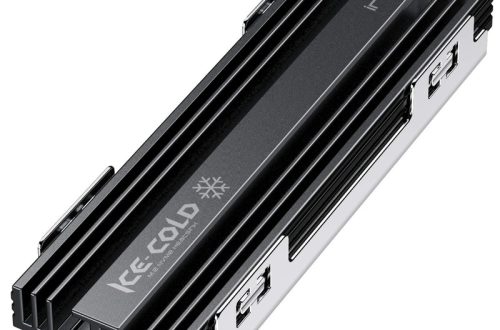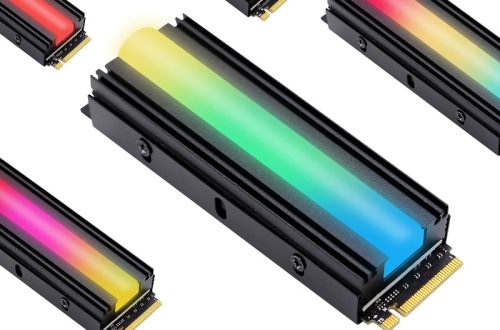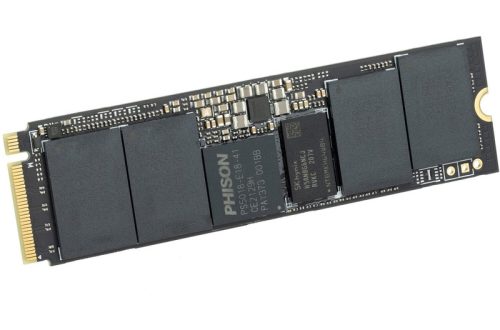Understanding CPU Overclocking
While overclocking can be a powerful tool to enhance performance, understanding what it involves is crucial for any enthusiast or professional. Let’s delve into the basics of CPU overclocking, its benefits, and the potential risks associated with it.
What is CPU Overclocking?
CPU overclocking is a technique used to increase the clock speed of a processor beyond the manufacturer’s specified rate. The clock speed determines the number of cycles a CPU can execute per second, and by raising this number, a CPU can perform more operations and ultimately deliver improved performance. This tweak is particularly popular among gamers, software developers, and other power users who need faster processing speeds to handle demanding applications or tasks. For example, gamers often overclock their CPUs to achieve higher frame rates and smoother gameplay experiences. Similarly, software developers may overclock their CPUs to reduce the time taken for compiling code or running resource-intensive programs. However, it’s important to note that overclocking can lead to increased heat generation and potential stability issues, so proper cooling and careful adjustments are essential.

Benefits of Overclocking Your CPU
The allure of overclocking lies in its multiple advantages. At the forefront is the enhanced performance it provides. Overclocking can result in games running smoother, quicker completion of software builds, and significantly reduced video rendering times. Moreover, overclocking can revitalize aging hardware, giving it a new lease on life and postponing the need for costly upgrades. It has the potential to extend the lifespan of older systems and make them more capable of handling modern applications and tasks. Finally, the process of overclocking can be a rewarding hobby in itself, providing enthusiasts with the satisfaction of customizing their setup and squeezing out every bit of performance from their hardware. This hands-on approach to optimization appeals to many users who enjoy tinkering with their systems and achieving the best possible performance from their hardware.
Potential Risks of Overclocking
Despite the benefits, overclocking is not without its risks. The two primary concerns are heat generation and voltage increase, both of which can inflict wear and tear on a CPU more rapidly than normal use. Prolonged exposure to high temperatures can degrade the CPU’s materials, while higher voltages can lead to more electrical stress. These factors can potentially reduce the processor’s lifespan if not carefully controlled. Furthermore, stability can be a concern, with overclocked CPUs sometimes leading to system crashes and data corruption. It’s of paramount importance to evaluate these risks before deciding to proceed with overclocking.
Factors Impacting CPU Lifespan During Overclocking
Overclocking a CPU can provide exciting performance enhancements, but it’s also essential to understand the factors that can impact the processor’s longevity. The act of pushing a CPU beyond its intended specifications introduces various elements that could shorten its lifespan if not managed properly.
Heat Generation and Thermal Stress
One of the most significant byproducts of overclocking is the increased heat generated by the CPU. When the CPU operates at higher speeds, it generates additional heat, leading to greater thermal stress on the internal components. Over time, this increased thermal stress can lead to the breakdown of internal components at a microscopic level. Sustained high temperatures may cause degradation in the silicon of the CPU, resulting in lowered efficiency, potential failure of the chip, or irreversible damage. Therefore, it is crucial to manage heat generation through improved cooling systems to maintain CPU integrity during and after overclocking. Effective cooling solutions, such as high-performance air or liquid cooling systems, are vital for dissipating the excess heat and ensuring that the CPU operates within safe temperature limits. Additionally, proper thermal paste application and adequate airflow within the system are also important considerations in managing heat generated from overclocking.
Voltage Increases and Electrical Stress
To achieve higher clock speeds, overclockers often increase the CPU’s voltage. This higher voltage can carry more power to the processor, but it also creates additional electrical stress. While CPUs are designed to withstand a certain amount of voltage, consistently running at elevated levels can strain the processor’s components, lead to increased power consumption, and ultimately shorten the CPU’s healthy lifespan. Therefore, it’s crucial to find a balance between the desired speed increase and manageable voltage levels to mitigate electrical stress.
Quality of the CPU and Manufacturing Variations
Not all CPUs are created equal. Variations in manufacturing quality mean that some CPUs can tolerate overclocking better than others. This variance is often referred to as the ‘silicon lottery,’ where certain chips can achieve higher clock speeds without significant voltage increases or excess heat production. On the other hand, some processors might struggle to maintain stability under overclocked conditions. Selecting a high-quality CPU known for its overclocking potential and endurance can help ensure a longer lifespan even when running beyond its factory specifications.

Mitigating Risks to Prolong CPU Life
Ensuring the longevity of an overclocked CPU is paramount for any enthusiast. By mitigating the risks associated with overclocking, users can enjoy enhanced performance without unduly shortening the life of their processor. Let’s explore the various strategies that can help prolong the life of a CPU under overclocking conditions.
Proper Cooling Solutions
Implementing effective cooling solutions is the first line of defense against the negative effects of overclocking. Excess heat is one of the major factors that can degrade a CPU over time, so managing this heat is crucial. There are several approaches to cooling:
- Air Cooling: Utilizing large heatsinks with fans to dissipate heat away from the CPU.
- Liquid Cooling: Using a liquid coolant circulated through a block on the CPU to absorb and transfer heat.
- All-in-One (AIO) Coolers: Preassembled cooling systems that combine the benefits of both air and liquid cooling technologies.
- Custom Cooling Loops: Building a custom-designed cooling system that can be tailored to specific needs, offering optimum cooling performance.
Regardless of the chosen method, the aim is to keep the CPU temperature within safe operational limits, even under heavy load, thereby reducing thermal stress and extending the lifespan of the CPU.
Monitoring Software and Tools
Overclockers must remain vigilant of their CPU’s performance and health. Monitoring software can play a critical role in this regard. These tools help in keeping an eye on:
- CPU Temperatures: Ensuring that they remain within safe limits during operation.
- Clock Speeds and Voltages: Observing real-time data to make sure the CPU is not overstressed.
- System Stability: Checking for any signs of instability that could indicate dangerous operating conditions.
Software such as CPU-Z, HWMonitor, and Prime95 provide insight into the CPU’s status and can help in making informed adjustments to the overclocking settings.

Overclocking Within Safe Parameters
Exercise caution and moderation when overclocking to prevent undue strain on the CPU. Understanding a CPU’s limits is essential, and depends on various factors such as:
- The CPU’s Base Capabilities: Knowing the factory settings and how far beyond them the CPU can realistically operate.
- Cooling Efficiency: Assessing the effectiveness of the cooling setup in place.
- Power Supply Stability: Ensuring a reliable power supply to prevent power-related issues.
By staying within safe overclocking parameters, users can strike a balance between achieving better performance and maintaining the CPU’s health over the long term. Researching and adhering to manufacturer-recommended settings, as well as seeking advice from the overclocking community, can help find this balance and protect the CPU from premature failure.




